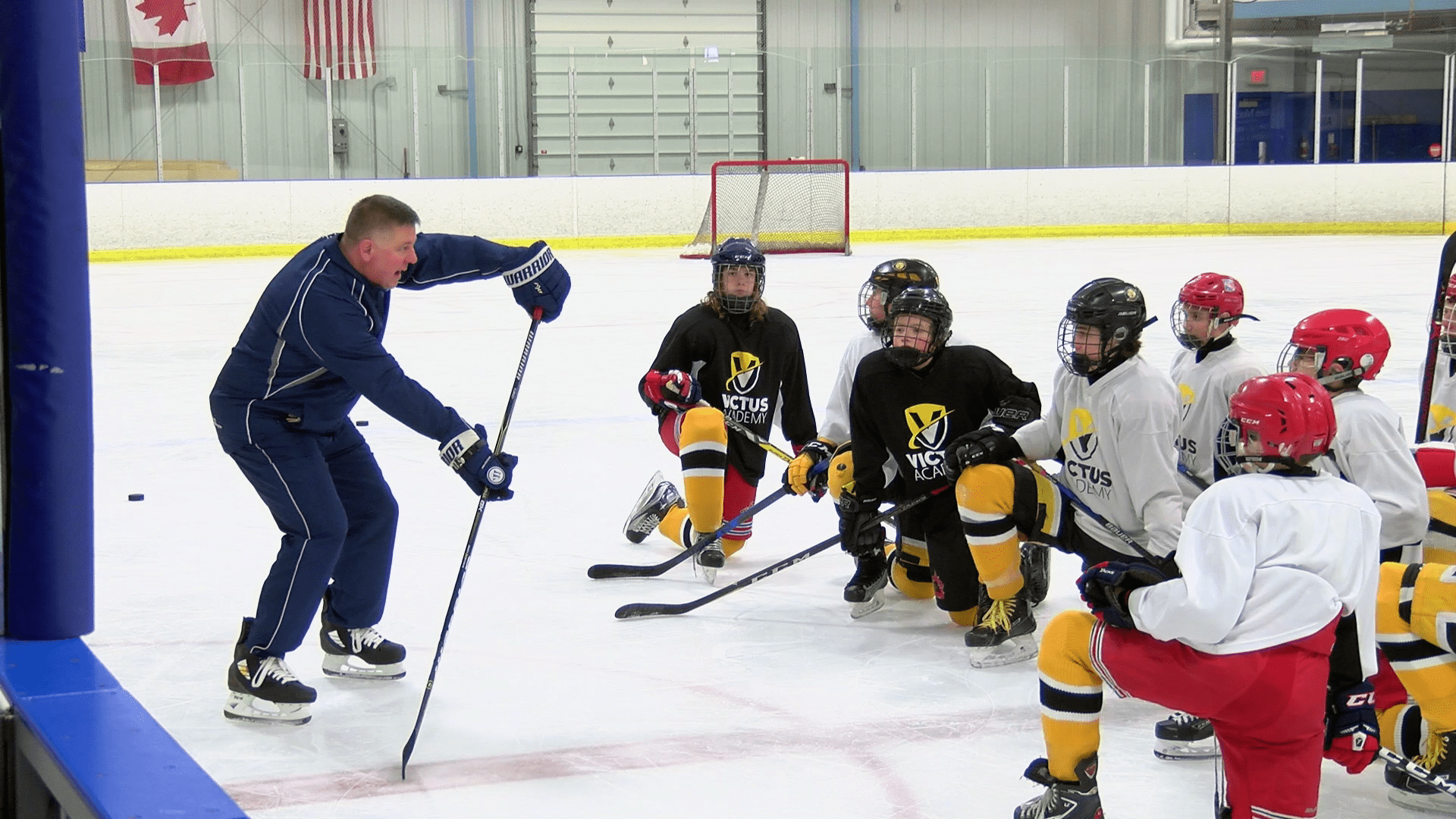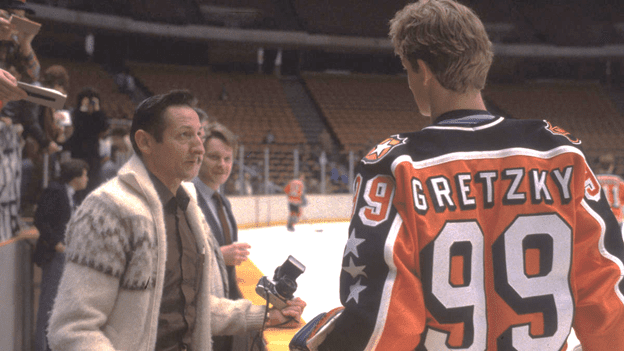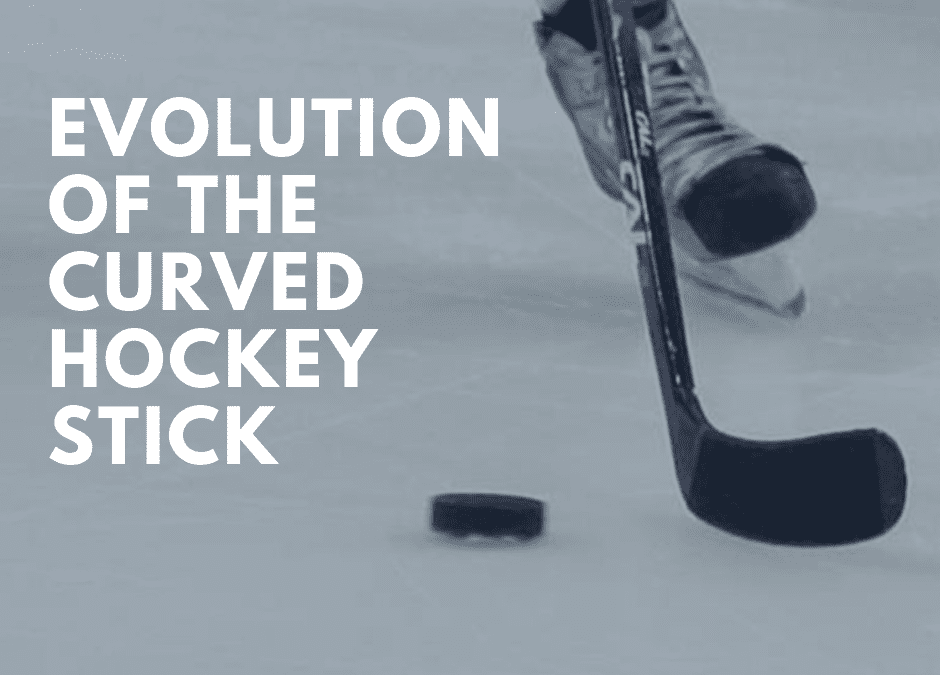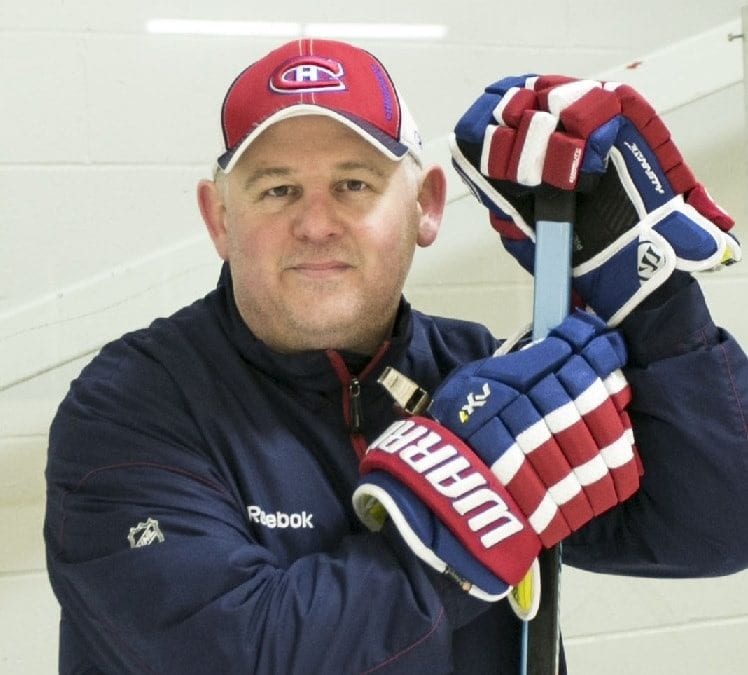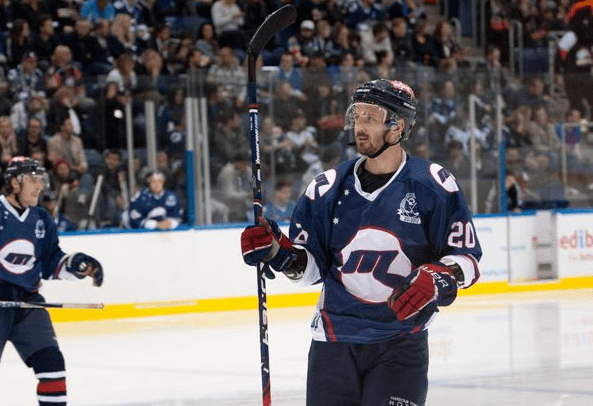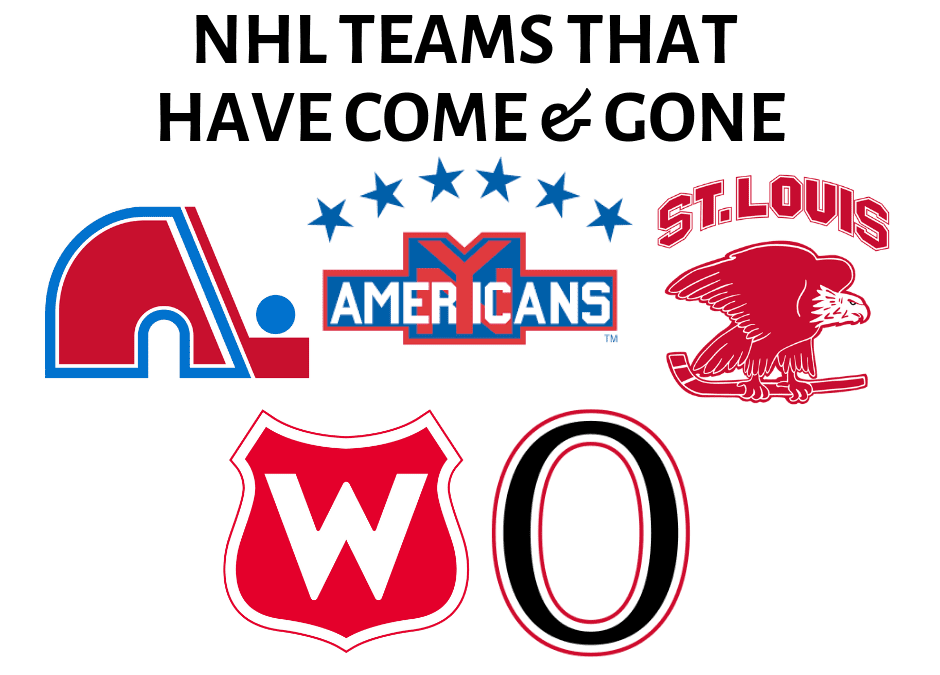
NHL Players Nationality Breakdown
Where do NHL players come from?
Well, the NHL is based in North America, so it would be safe to assume that the players either come from Canada or the United States. But what about names like Radek Faksa (center for the Dallas Stars) or Alexander Ovechkin (left wing/captain of the Washington Capitals)? Those two names don’t quite sound North American. And that’s because they aren’t; Faksa was born in Opava in the Czech Republic and Ovechkin was born in Moscow, Russia.
Although NHL games take place in North America, entry into the league is open to any country worldwide. You need to be a highly skilled hockey player, of course, but if you happen to be a highly skilled player from Zimbabwe, you can play in the NHL if you really want.
So, then, what percent of players in the NHL today are actually from North America? How many are from other countries like Latvia and France? How has the nationality spread of NHL players changed over time?
In the Past
It’s strongly believed that hockey originated in Nova Scotia, Canada. It makes sense, then, that throughout history, Canada has consistently led the NHL in terms of the number of players hailing from the country. In fact, the United States (or any other countries) barely had any players in the NHL until the 70s!
1920-21
A few years after the formation of the NHL in 1917, 44 (91.7%) of its players were Canadian. The rest of the league consisted of 3 U.S. players and 1 lone U.K. player by the name of George Carey who played for the Hamilton Tigers.
1951-52
Almost thirty years later, Canada was still dominating the NHL—-even more so, in fact. In the 1951-52 season, 143 (93.5%) of all NHL players were Canadian. The rest of the NHL roster consisted of 5 U.K. players, 3 U.S. players, and 1 player each from Ireland and Finland.
1987-88
More recently, the popularity and appeal of the NHL branched out to other countries around the world. The 1987-88 season saw the concentration of Canadian players decrease, as more U.S. players continued to join the league. In addition, more countries in general were represented in the NHL.
Canada boasted 566 (76.9%) of NHL players, with 115 (15.6%) coming from the U.S. Both Sweden and Finland had over 10 players in the NHL, and countries like Germany, Austria, Italy, and Slovakia all had NHL representation.
The 2018-19 Season
Now, let’s look at where the numbers lie today. What’s the nationality breakdown for NHL players in the 2018-19 season?
As you might expect, the NHL has diversified immensely in the last 100 years since its formation. Canada still leads with the most players by country, but the U.S. isn’t far behind, and there are now 17 active countries with players in the NHL.
Canada
For the 2018-19 season, 419 (43.8%) of all NHL players are Canadian. This is currently the lowest percentage of Canadian players in NHL history, which is glaring proof of the diversification of the NHL.
Of the 419 active NHL players from Canada, 35 of them are goalies. A few of the most noteworthy Canadian NHLers are Sidney Crosby (Pittsburgh Penguins), Jason Spezza (Dallas Stars), and Dion Phaneuf (Los Angeles Kings). The St. Louis Blues currently have the most Canadian players (18) on their roster.
The United States
United States citizens constitute 28.1% of the NHL’s total roster. That’s 269 hockey players, with 26 of them being goalies. Some of the most notable active U.S.-born players are Patrick Kane (Chicago Blackhawks), Phil Kessel (Pittsburgh Penguins), Zach Parise (Minnesota Wild), and Blake Wheeler (Winnipeg Jets).
Sweden
From here on, Europe takes the reins for providing the NHL with its players. Sweden clocks in with the third-most active NHL players, at 91 (9.5%). Of the 91 players, 6 of them are goaltenders. The Detroit Red Wings and the Vancouver Canucks each have 4 Swedish Players on their rosters.
Some of the most well-known Swedish NHL players are Erik Karlsson (San Jose Sharks), Nicklas Backstrom (Washington Capitals), Loui Eriksson (Vancouver Canucks), and Niklas Kronwall (Detroit Red Wings).
Finland
Finland is the country that provides the NHL with the fourth-most players, at 49 (5.1%). Of the 49 players, 8 of them are goaltenders. Arguably, the best known active Finnish players in the NHL are Mikko Koivu (Minnesota Wild), Valtteri Filppula (Philadelphia Flyers), and Aleksander Barkov (Florida Panthers).
Fourth place is nothing to scoff at; it’s a very strong Finnish.
Czech Republic
After Finland is the Czech Republic, which provides the NHL with 40 players (4.2% of all players). Of those 40 active players, some of the most notable ones are Jakub Voracek (Philadelphia Flyers), David Krejci (Boston Bruins), and Martin Hanzal (Dallas Stars). The Czech Republic also provides the NHL with 4.5% of its goalies, with 4 out of the 40 Czech players being goaltenders.
Russia
Close behind the Czech Republic is Russia, which contributes 38 players to the NHL (4% of all players). Although Russia is a big hockey-playing country with a sizeable population, most players tend to stay within the country to play the sport. Some of the most popular active Russian players in the NHL are Alexander Ovechkin (Washington Capitals), Vladimir Tarasenko (St. Louis Blues), and Ilya Kovalchuk (Los Angeles Kings).
The Rest of the World
Apart from the six countries already mentioned, there are eleven more countries that are represented in the NHL.
The 7th and 8th most represented countries are Switzerland and Denmark, with 13 and 11 NHL players, respectively. The NHL also has players from Denmark, Germany, Austria, France, Norway, and Latvia, each with 2-7 players in the league. Finally, three countries have one single player in the NHL.
Slovenia is represented by Anze Kopitar, a center for the Los Angeles Kings. The Netherlands has Daniel Sprong, a right wing for the Anaheim Ducks, and Australia has Nathan Walker, a centre for the Washington Capitals.
If the patterns of nationality in the NHL are any indication, the league will continue to diversify in the future. More and more countries will get representation in the NHL, and perhaps one year soon, Canada will lose its 1st place spot on the list of largest player contributors.


